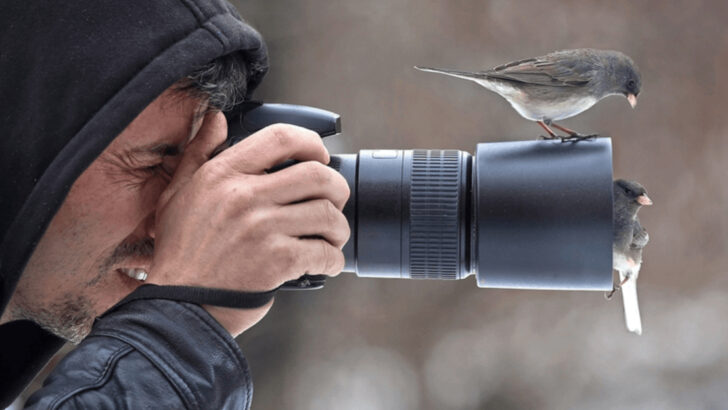Nothing ruins a rare bird sighting faster than a rookie mistake.
You’re out there—binoculars in hand, heart racing—and just when that elusive warbler flits into view… you sneeze. Or step on a twig. Or forget your field guide. Just like that, poof—it’s gone.
Birdwatching is part art, part patience, and a whole lot of trial and error. Even the most experienced birders can blow a moment they’ve waited hours—or years—for.
Want to avoid those heartbreaks? Here are 16 birdwatching mistakes that could cost you big—and how to steer clear of them for your next perfect sighting.
Ignoring the Weather
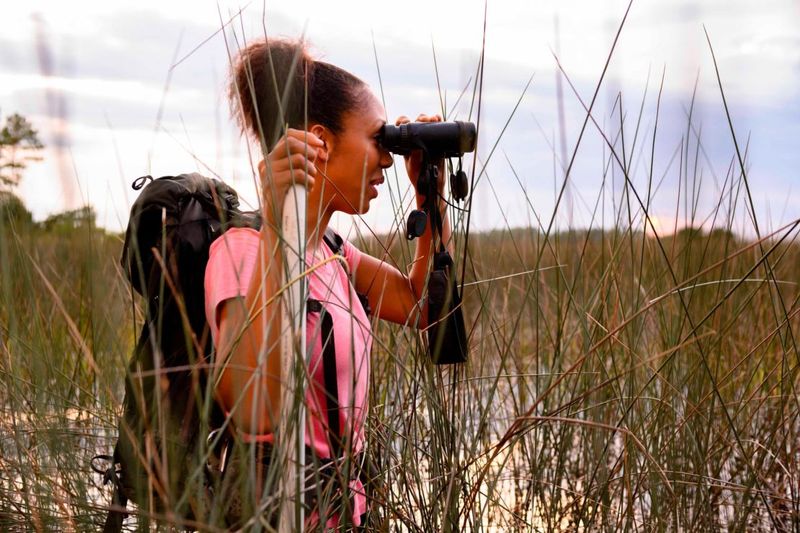
Weather plays a crucial role in birdwatching. High winds or heavy rain can keep birds sheltering and out of sight, leading to a disappointing day. Knowing the weather forecast helps you plan better and increases the chances of a successful sighting.
Birds are more active during calm, clear days, especially in the early morning. Not checking the weather can mean the difference between a rewarding or fruitless outing.
To avoid frustration, always check the forecast. Even slight changes in weather patterns can significantly affect bird behavior.
Wearing Bright Clothes
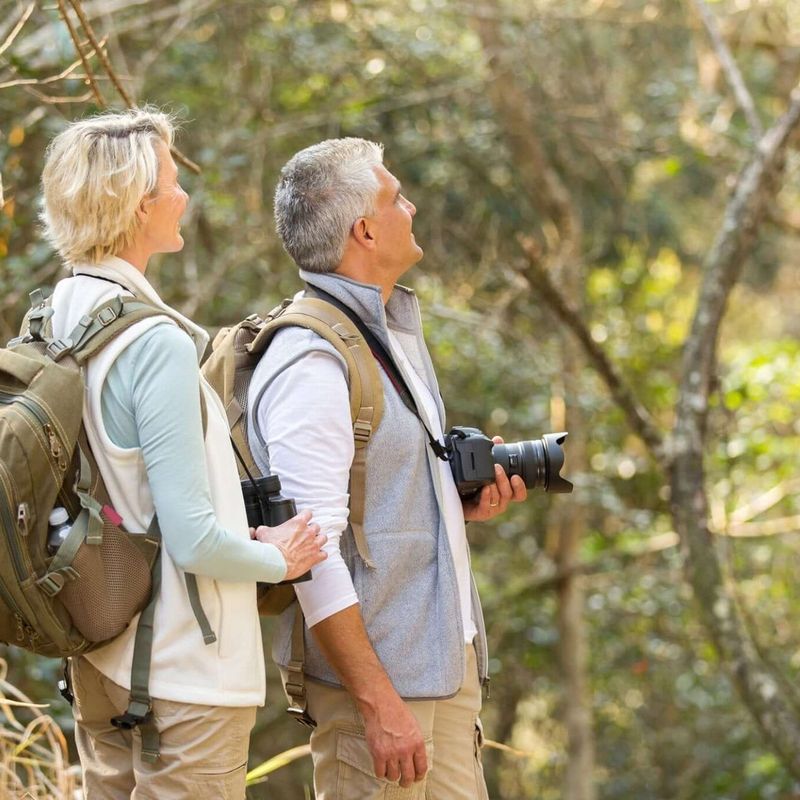
Birds are easily spooked by bright, flashy colors. Wearing vibrant clothing can scare them away before you even spot them. Instead, opt for earthy tones that blend with the natural environment, making you less noticeable.
In the wild, birds equate bright colors with danger, and this natural instinct can make them flee quickly. By choosing colors that mimic the forest or field, you increase your chances of getting closer to them.
Next time, leave the neon at home and embrace subtlety for a more fruitful birdwatching experience.
Making Too Much Noise

Birdwatching demands a quiet presence. Loud conversations or sudden noises can frighten birds, causing them to disappear. Silence is golden when observing these creatures in their habitat.
Whispering or staying quiet allows you to hear birds before you see them, enhancing the overall experience. The rustle of leaves or a bird’s call is often the best guide to their location.
The next time you head out, remember to keep the volume down and let nature’s sounds guide you to the perfect sighting.
Overlooking Local Guides
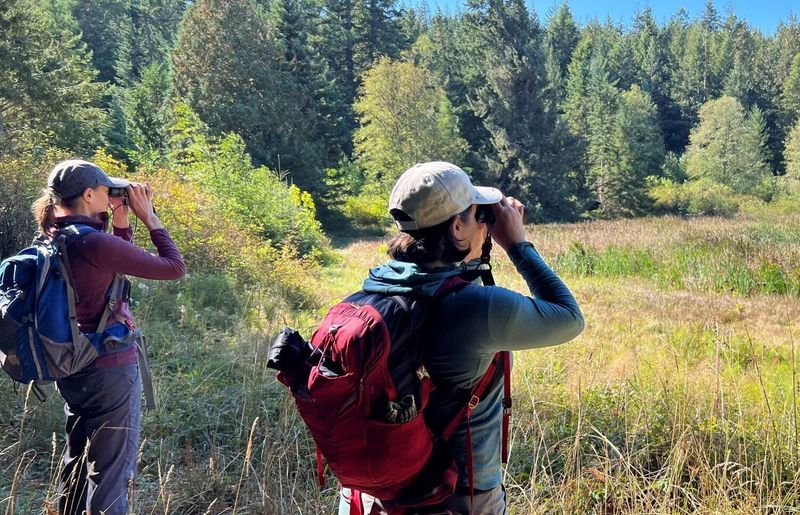
Local guides offer invaluable insights into birdwatching. Their knowledge of the area and bird behavior can be the key to discovering rare species you might otherwise miss.
While guidebooks are helpful, firsthand knowledge about local habitats and bird patterns provides a richer experience. A guide can lead you to secret spots and share stories that bring the environment to life.
If you’re birdwatching in a new area, consider hiring a local guide. Their expertise can make a significant difference in what you see.
Lack of Patience
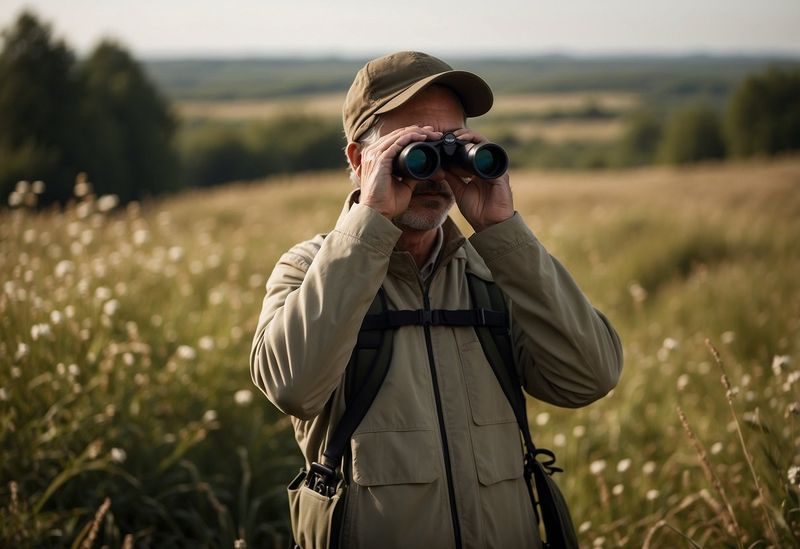
In birdwatching, patience is more than a virtue; it’s essential. Birds move at their own pace, often requiring you to wait patiently for them to appear.
Rushing through a birdwatching trip can mean missing out on incredible sightings. Instead, find a comfortable spot, stay still, and allow nature to unfold around you.
Patience often rewards birdwatchers with unique and memorable encounters. So, slow down and savor the moment rather than hastening through it.
Not Using Binoculars Properly
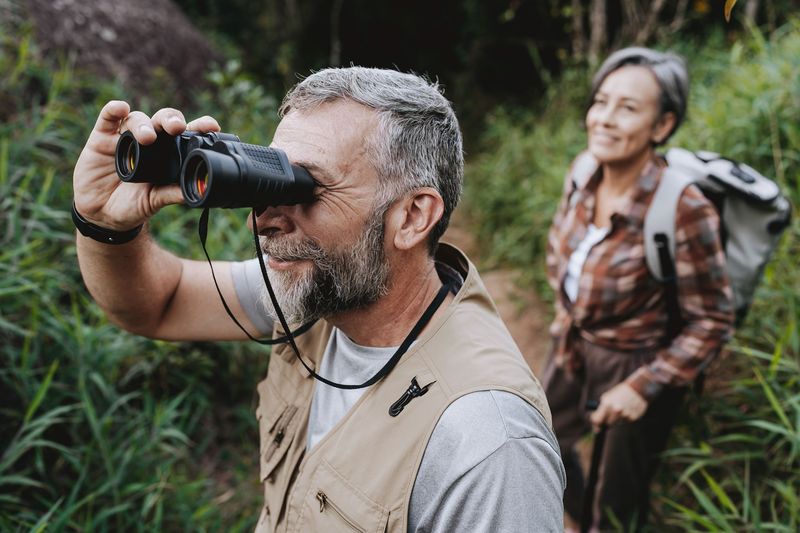
Binoculars are a birdwatcher’s best friend, but improper use can hinder more than help. Understanding how to adjust the focus and hold them steady is vital for a clear view.
Practicing at home before heading out can make a big difference. Familiarize yourself with the settings to avoid missing fleeting moments.
With the right technique, binoculars transform distant birds into vivid sights. Mastering them enhances your capability to observe details, enriching the birdwatching experience.
Neglecting to Research
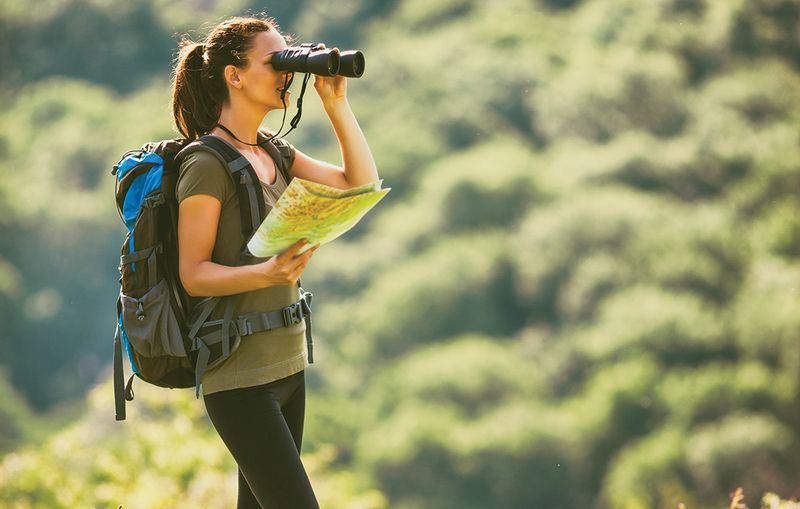
Heading out without prior research can limit your success. Knowing which birds are local and their behaviors helps you anticipate and prepare for sightings.
Field guides or apps can provide vital information about where and when to find specific birds. The more you know, the better your chances of success.
Make research part of your routine. It transforms birdwatching into a quest, where every detail brings you closer to your goal.
Forgetting the Camera
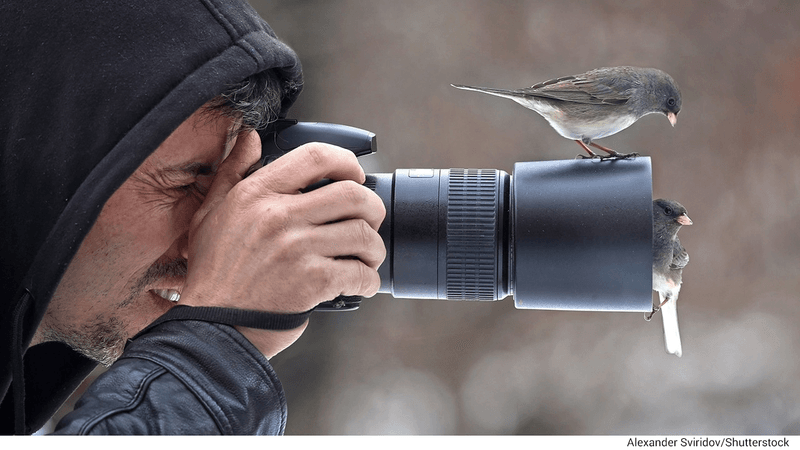
Capturing a perfect moment is every birdwatcher’s dream. Forgetting your camera can mean missing out on preserving those memories.
A camera allows you to document sightings and share experiences with others. Even a smartphone can suffice, but having the right equipment enhances the ability to capture the beauty of birds.
Next time, double-check your gear before heading out. You’ll be thankful for the chance to relive those magical moments through your photos.
Ignoring Bird Calls
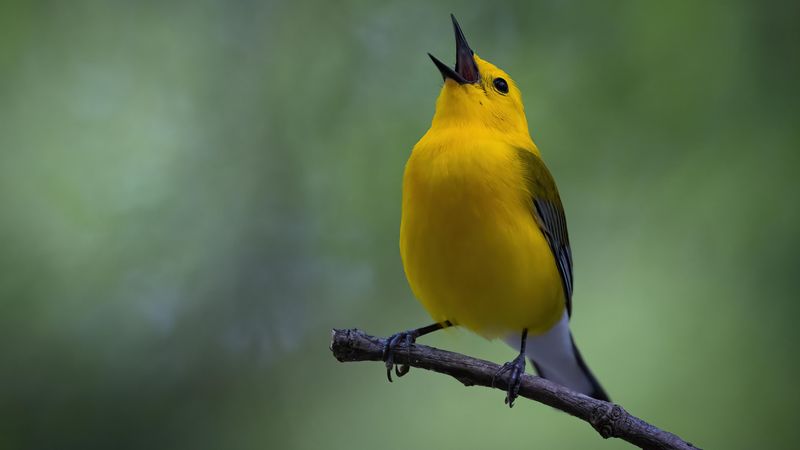
Bird calls are often the first clue to their presence. Ignoring these sounds can lead to missed opportunities to spot birds.
Learning to recognize different calls helps locate birds more efficiently. Invest time in understanding calls, as they often guide you to hidden gems.
By honing your auditory skills, you open a new dimension of birdwatching. It’s not just about seeing birds but truly experiencing their world.
Not Respecting Boundaries
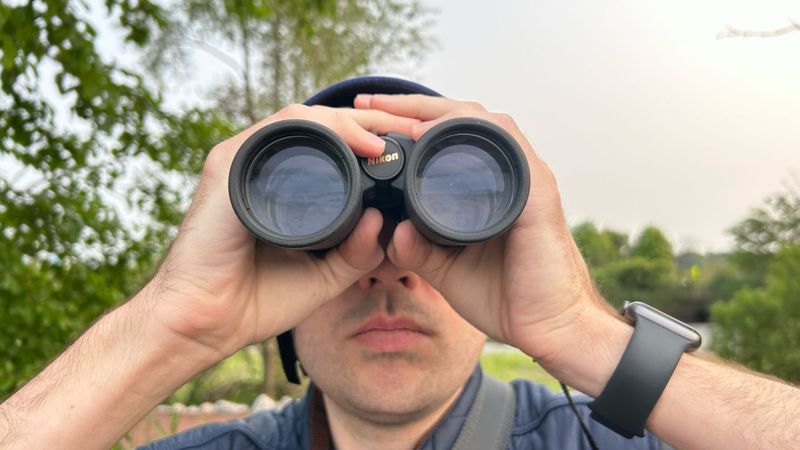
Respecting nature’s boundaries is crucial. Trespassing protected areas can disturb habitats and harm wildlife, leading to negative consequences for local ecosystems.
Birdwatching should be a sustainable practice. By staying within designated paths and areas, you ensure that habitats remain undisturbed for future generations.
Following rules and respecting boundaries enhances your experience while protecting the environment. It’s a small effort that goes a long way in conservation.
Using Flash Photography

Flash photography can scare birds, disrupting their natural behavior and causing stress. It’s best avoided to ensure a peaceful observation.
Natural light is often sufficient for capturing beautiful images. Experiment with settings to make the most of available light.
The well-being of birds should be prioritized over perfect shots. Choose techniques that respect their comfort and contribute to harmonious birdwatching.
Skipping Field Notes
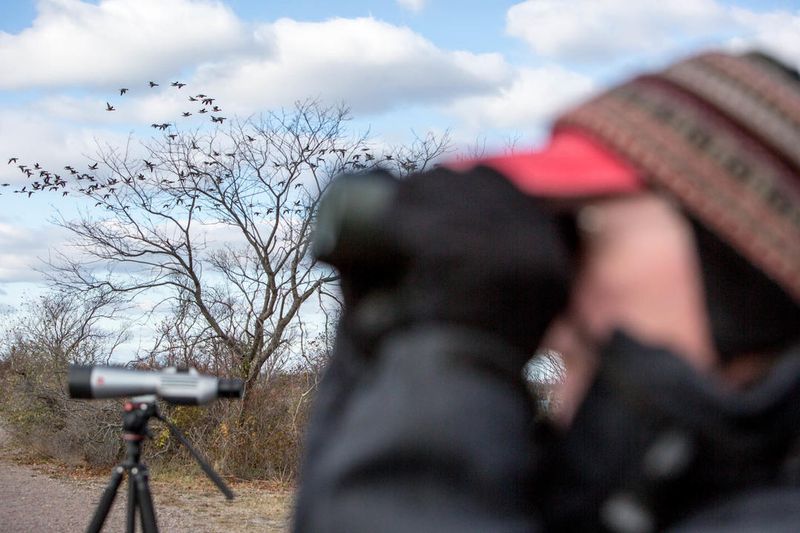
Field notes are invaluable for tracking sightings and behaviors. Skipping them can mean losing important details that enrich your birdwatching journey.
Jotting down observations helps you remember and compare experiences over time. This practice transforms birdwatching into a personal story, filled with memorable moments.
Bring a notebook or use an app to capture observations. These notes become treasured records of your adventures, deepening your connection with nature.
Ignoring Surroundings
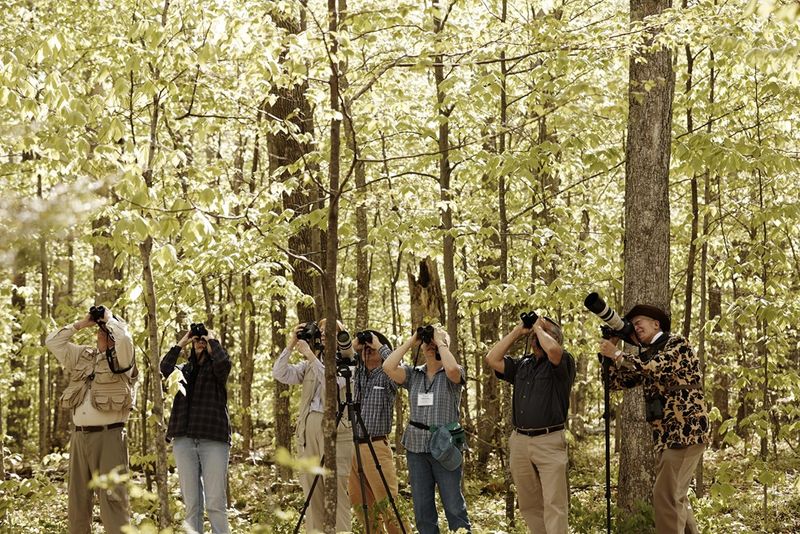
Being present is key to successful birdwatching. Distractions, like phones or unrelated conversations, can lead to missed opportunities.
Immerse yourself in the environment, noting details and movements. This focus increases the likelihood of spotting elusive birds.
The magic of birdwatching lies in these unplanned moments. By staying attentive, you create space for nature’s surprises to unfold before your eyes.
Not Being Prepared for the Terrain

Understanding the terrain is essential for a comfortable birdwatching experience. Wearing unsuitable footwear or clothes can lead to discomfort and distractions.
Prepare by researching trails and expected conditions. Proper gear ensures you remain focused on birdwatching rather than grappling with the elements.
Comfortable and appropriate attire allows you to fully engage with your surroundings, enhancing the overall enjoyment of your birdwatching adventure.
Overcrowding Popular Spots

Popular birdwatching locations can become overcrowded, reducing the chance of a peaceful and fruitful experience. Birds may be disturbed by the large number of visitors and keep their distance.
Exploring lesser-known spots can lead to more rewarding encounters. They often offer tranquility and allow for a closer connection with nature.
Seek out quieter places for a more intimate and personal birdwatching experience. The solitude often brings unexpected delights.
Ignoring Seasonal Patterns
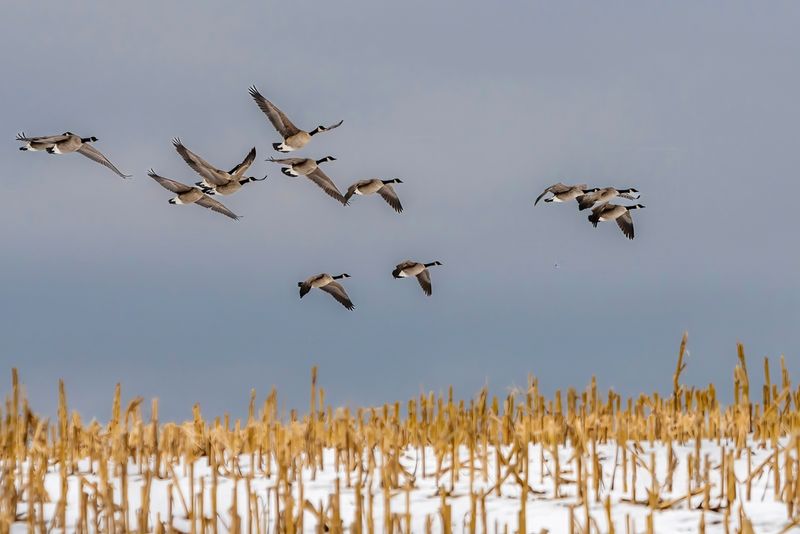
Birds follow seasonal patterns, migrating based on weather and food availability. Not considering these patterns can lead to fruitless searches.
Research when and where specific birds are likely to appear. Understanding migration patterns allows you to plan effectively.
Align your birdwatching schedule with these natural rhythms to enhance your chances of success. It turns each outing into a well-timed adventure, brimming with potential.

